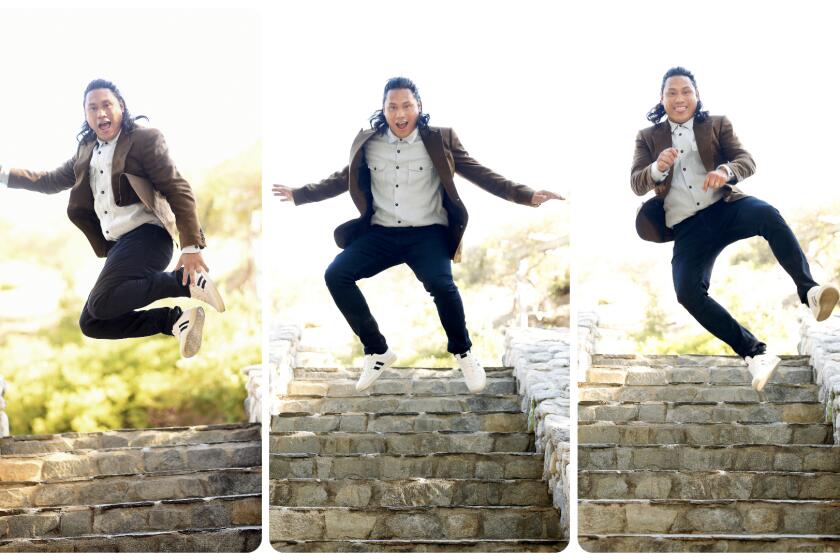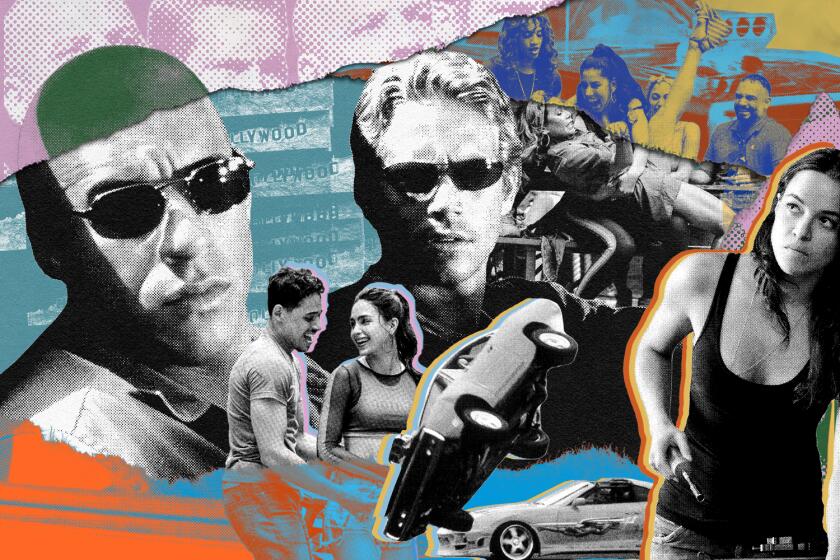The subplot of Sonnyâs (Gregory Diaz IV) status as an undocumented immigrant is all new for the movie â thanks to Hudes, who thoroughly researched and wrote the musical âMiss You Like Hell,â about a mixed documentation family.
âWhen I returned to write the screenplay of âIn the Heights,â that story had become a part of me in a more immediate way,â she said. At the same time, âDreamersâ were âat the fever pitch of the national conversation, and being demonized over these immigration questions. I wanted to bring that back home to the human level in a strategic way, with the character who loves the United States and Washington Heights the most.â
Initially, Usnavi wants to bring Sonny back to the D.R. with him and visits Sonnyâs troubled father (Marc Anthony) to ask him for permission. âThe movie eschews the portrayals of Latinos in Hollywood of being flunkies and junkies and dropouts and all these things that are so trite and unfair. But we wanted to raise the stakes for Sonny, and seeing his home life helps us understand that itâs not all fun and games. Heâs got a lot of obstacles to overcome.â
The disclosure of Sonnyâs status spurs Usnavi to use the lottery winnings to hire an immigration lawyer and inspires Nina to return to Stanford with the goal of fighting for other Dreamers like Sonny. Miranda hopes the new plot âputs a humanizing face on undocumented folks in the United States. Youâre telling me Sonny, whom everybody loves, doesnât belong in this country? That kid who wants to change the world and make his community better?â
Although the final moments of the movie show Usnavi, Vanessa and their child in the neighborhood, Sonny is nowhere to be seen. (If it had included a status update with Sonny, âthen weâd have to show where Nina and Benny end up, and it becomes overcrowded,â Hudes said.)
Does he get deported after all?
âI feel that itâs stronger as an open question than giving the audience closure about it,â Hudes said. âWhat we do know is that his immigration lawyer says to him, âThe odds are against you,â and that is and remains the reality. Nina stands in for all of us at that moment: Itâs up to us who do have the privilege of citizenship to decide what Sonnyâs future is.â










